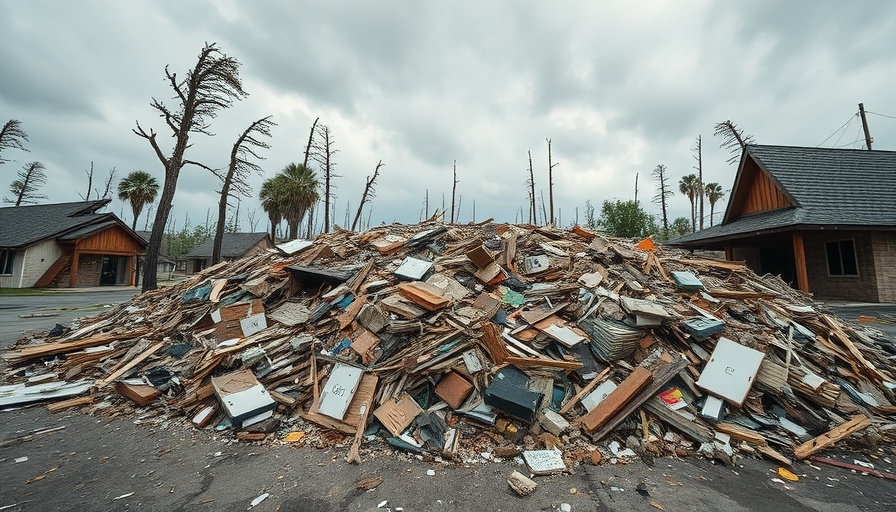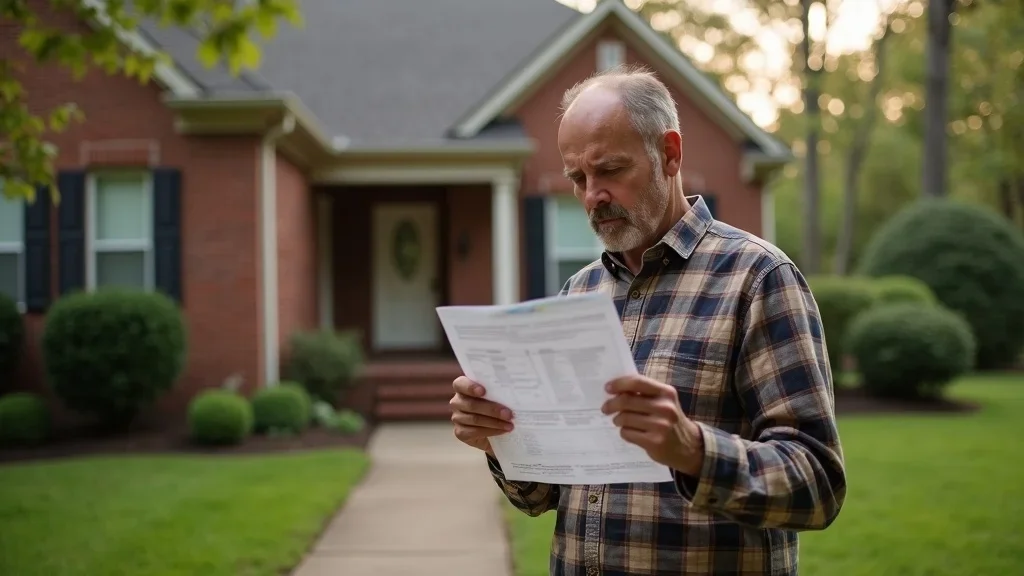
Treasure Island’s Battle with Hurricane Debris Continues
The aftermath of Hurricane Milton saw Treasure Island facing an enormous challenge: the removal of over 128,000 tons of debris. This city, located on Florida's picturesque Gulf Coast, has been on the front lines in the fight against the aftermath of recent hurricanes, especially following the devastating impact of Milton just a year ago.
Understanding the Scope of the Disaster
When Hurricane Milton approached, city officials could only hope that their extensive preparations would keep devastation to a minimum. Assistant Public Works Director Jeffrey Agrall noted that the city had already been burdened by the remnants of Hurricane Helene, which had struck not long before Milton. The proximity of the storms compounded the existing difficulties, as debris from Helene affected the recovery efforts for Milton. Crews had to work tirelessly to compact and manage debris that had piled up to three or four stories high at the local park.
The Financial Burden of Cleanup
The financial implications of the storm were staggering. The costs for debris removal amounted to over $2 million for Treasure Island alone, with grants submitted for reimbursement from FEMA—a crucial relief source for financially stricken municipalities. This cleanup operation illustrates how regional infrastructures face significant strains during natural disasters, emphasizing the need for effective emergency management protocols. The total costs comprise approximately $136,544 for Helene and about $1,962,407 for Milton.
Community Effort to Restore Treasure Island
The community's response to this challenge was commendable. Thanks to state assistance, the city gained access to a fleet of 50 dump trucks which helped expedite the removal process. Among the most notable challenges faced was transporting debris to distant waste management sites. The journey was often complicated by traffic outages and obstacles such as downed traffic lights in St. Petersburg.
About the Navigating Cleanup Challenges
The road to recovery isn't just about collecting debris; it involves much more. Once the waste was cleared, crews had the daunting task of turning the soil to eliminate shards of glass and other hazardous materials. Think about the implications for residents—an expansive, safe green space can significantly affect community morale and property values, especially in a beloved park area.
Community Resilience and Supporting Local Recovery
Residents like Paula Murphy have expressed their astonishment at how beautifully the park has been restored over the past year. The community's resilience shines through as they navigate the recovery journey together. “To see where it is today compared to what it was is unbelievable,” Murphy remarked, showcasing the hope and determination felt throughout Treasure Island.
The Importance of Strategic Planning for Future Events
This experience highlights the necessity for cities to plan strategically for the aftermath of natural disasters. With current discussions around building regulations underway, addressing the environmental impact of future storms remains a critical focus. The costly cleanup operations underscore the need for infrastructural improvements that should prioritize disaster preparedness and recovery.
Final Thoughts: What Comes Next?
As the community rises from the challenges of Hurricane Milton, the lessons learned can pave the way for more effective storm recovery strategies. Collaboration between state and local officials can help streamline future recovery efforts, ensuring that Treasure Island remains a vibrant and thriving community despite the challenges posed by nature.
As we reflect on these significant events, we must also prepare for what lies ahead regarding storm seasons and their implications. Awareness and preparedness are crucial for protecting our communities and homes.
 Add Row
Add Row  Add
Add 



Write A Comment